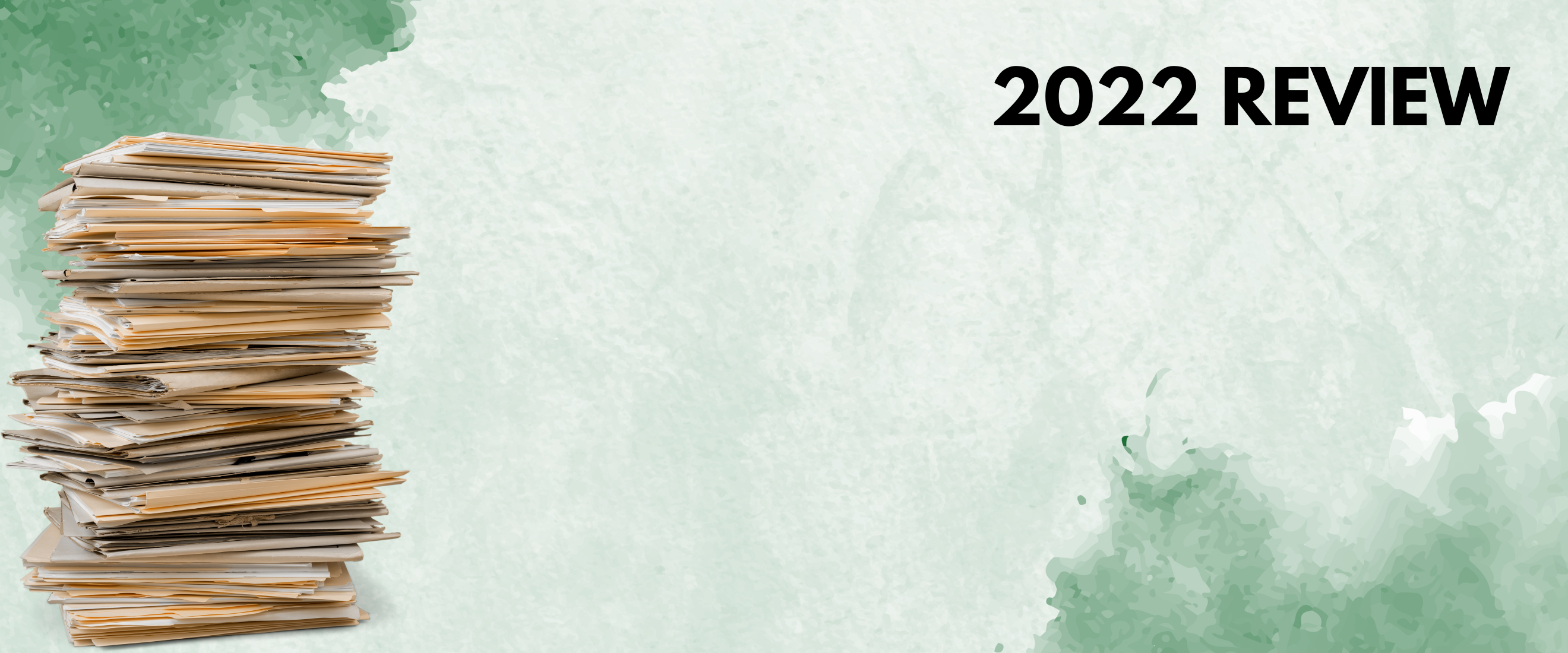Court Data
Number of Pending Cases at the SC Begins to Offer Hope as 2022 Ends
The post-summer session of the Court saw pendency drop by almost 2,500 cases. Will this trend continue?

2022 began with over 70,000 pending cases—the highest in 29 years—and continued to rise till June. The year saw a flurry of activity spread across the tenures of three Chief Justices, and a host of administrative, listing and institutional changes. Despite constant changes at the SC, the number of pending cases now appears to be slowly reducing.
Pendency gives us a measure of the Supreme Court’s ability to tackle the caseload it is faced with. If the Court disposes of more cases than those instituted before it, pendency drops. SCO explores the factors that affected pendency in 2022.
Pendency Peaked in the First Half of 2022
Figure 1 indicates the total number of pending cases between January 2022 to November 2022*. The year began with a 29-year pendency high for the Supreme Court with 70,101 pending cases. With the Court reeling under the third wave of the COVID-19 pandemic, the first week of January saw the SC return to virtual hearings. In the third week of February, the Court once again adopted a hybrid system of hearings with different days of the week assigned for physical and virtual hearings. By the end of the year's first quarter, pendency rose by another 531 cases and stood at 70,632 cases.
April ended with 70,572 pending cases—a minor drop—followed by a 280-case rise in pendency in May. The SC commenced its 7-week annual summer vacation in the third week of May leading to a significant rise in pending cases in the summer. June, which recorded the year’s peak at 72,062 cases, marks the middle of the Court’s summer vacation. Summer vacations at the Supreme which often span across two months, have a grave impact on pendency at the Court. Judges have justified this time off, claiming that this period is typically utilised to write judgments and clear backlog. SCO investigated this claim here.
Post Summer, Supreme Court Strived to Control Pendency
Hearings at the Supreme Court returned to full swing on July 11th 2022. This reflected positively in the third quarter of the year with pendency falling from 71,411 cases in July to 70,310 cases in August. This period marked the last few months of CJI N.V. Ramana’s 16-month tenure as the Chief Justice.
CJI Ramana may be credited with bringing down pendency numbers by 2000 cases in two months. However, he was widely criticised for not hearing a single Constitution Bench case or listing critical issues such as the Karnataka Hijab Ban or the challenge to the removal of Jammu and Kashmir’s special status.
Chief Justice U.U. Lalit took over the stewardship of the Court in the last week of August. His tenure began with promises of tackling pendency with new systemic reforms in the Supreme Court. These reforms brought back the focus of the Court to regular hearings which concerned questions of law, from cases at the admission stage. He dropped over 13,000 ‘defective’ cases that were languishing before the registrar for over eight years. After a year-long hiatus, he revived Constitution Bench hearings by listing 25 5-Judge Bench cases.
Constitution Benches: Did They Slow Down the Court?
25 pending cases concerning questions of constitutional interpretation were listed before six Benches of 5 Judges each in September 2022. Constitution Benches have often been criticised for occupying five Judges at a time, preventing smaller Benches from convening at the same time. However, despite every judge in the court being occupied in a Constitution Bench, pendency fell below the 70,000 mark for the first time since December 2021.
Constitution Bench hearings were spread across two months, with a maximum of two benches sitting at any given time. CJI Lalit ensured that at least 60 cases were being heard by smaller Benches each day. This measure succeeded in slowing down pendency. In September 2022, as the first of his 2-month tenure ended, there were 69,461 cases pending at the SC. Pendency at the end of October stood at 69,781.
Incumbent Chief Justice D.Y. Chandrachud succeeded CJI Lalit on November 9th, 2022. Many reforms brought about by CJI Lalit, particularly in the listing of cases, did not survive his tenure. CJI Chandrachud introduced his own reforms such as an automatic system for the listing of cases by the Registry. Additionally, he prioritised bail and transfer petitions by directing all Benches of the Court to hear 10 bail matters and 10 transfer petitions before proceeding with the regular list of cases every day.
The recently revived Constitution Benches, however, continued operating during CJI Chandrachud’s first month at the helm of the Supreme Court. Pendency dropped to 69,598 cases at the end of November.
Eight Judges Retired in 2022
In addition to the COVID-19 pandemic worsening the Supreme Court’s rising pendency problem, the Court also laboured under a significant drop in its working strength. Justice Subhash Reddy retired at the start of the year on January 4th. The Court functioned with 32 Judges until May when Justice Vineet Saran retired. The following six months, when pendency began to fall, six more judges retired.
Justices J.B. Pardiwala and Sudhanshu Dhulia, were appointed in May, and Justice Dipankar Datta was appointed in December leaving the Court’s final working strength at 26—six short of the sanctioned working strength of 34. The drop in pendency post-June stands as a significant achievement for the Court which was dealing with a dwindling number of Judges on its roster.
Monthly Pendency Trends Across the Last Five Years
Figure 2 compares the number of pending cases at the Supreme Court in the last 5 years. Pendency rapidly increased from 55,163 cases in January 2018 to 69,598 cases in November 2022. However, 2022 appears to be breaking the 5-year trend with the year’s pendency falling below its previous year’s numbers for the first time. Considering that the greatest increase in pendency (10,380 cases) occurred during the COVID years of 2020 and 2021, 2022 presents a ray of hope as the first year appears to end with fewer pending cases than it began with. This change in annual pendency trends, as depicted by Figure 2, perhaps indicates the start of our COVID stricken Court’s recovery.
Although the little improvements in pendency this year paints an optimistic picture for the Supreme Court, the ongoing winter vacation is expected to cause a rise in pendency at the end of the year. January may begin back at the 70,000 mark, setting clear goals for the new CJI to achieve in 2023.
*data available only until November 2022




